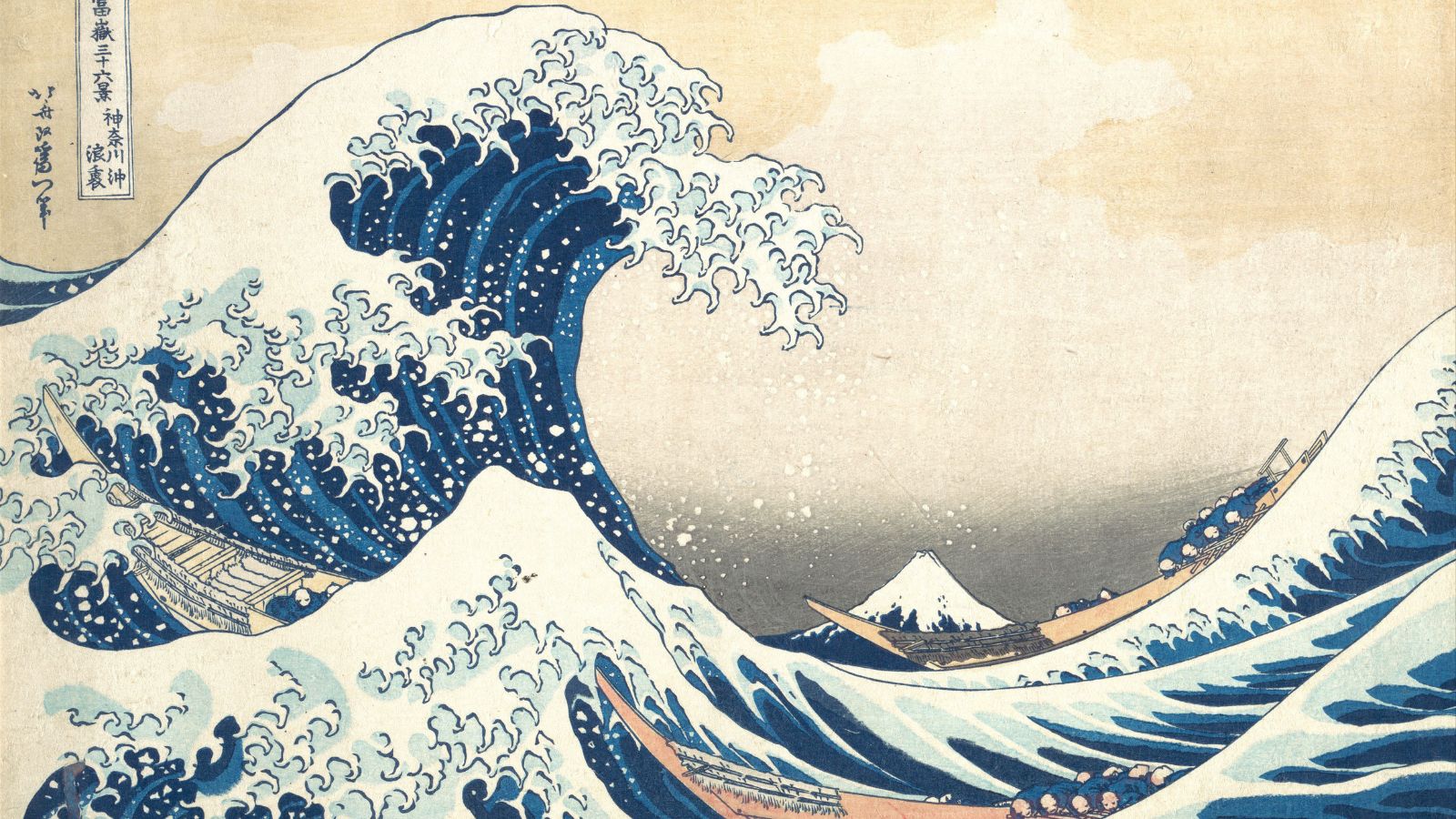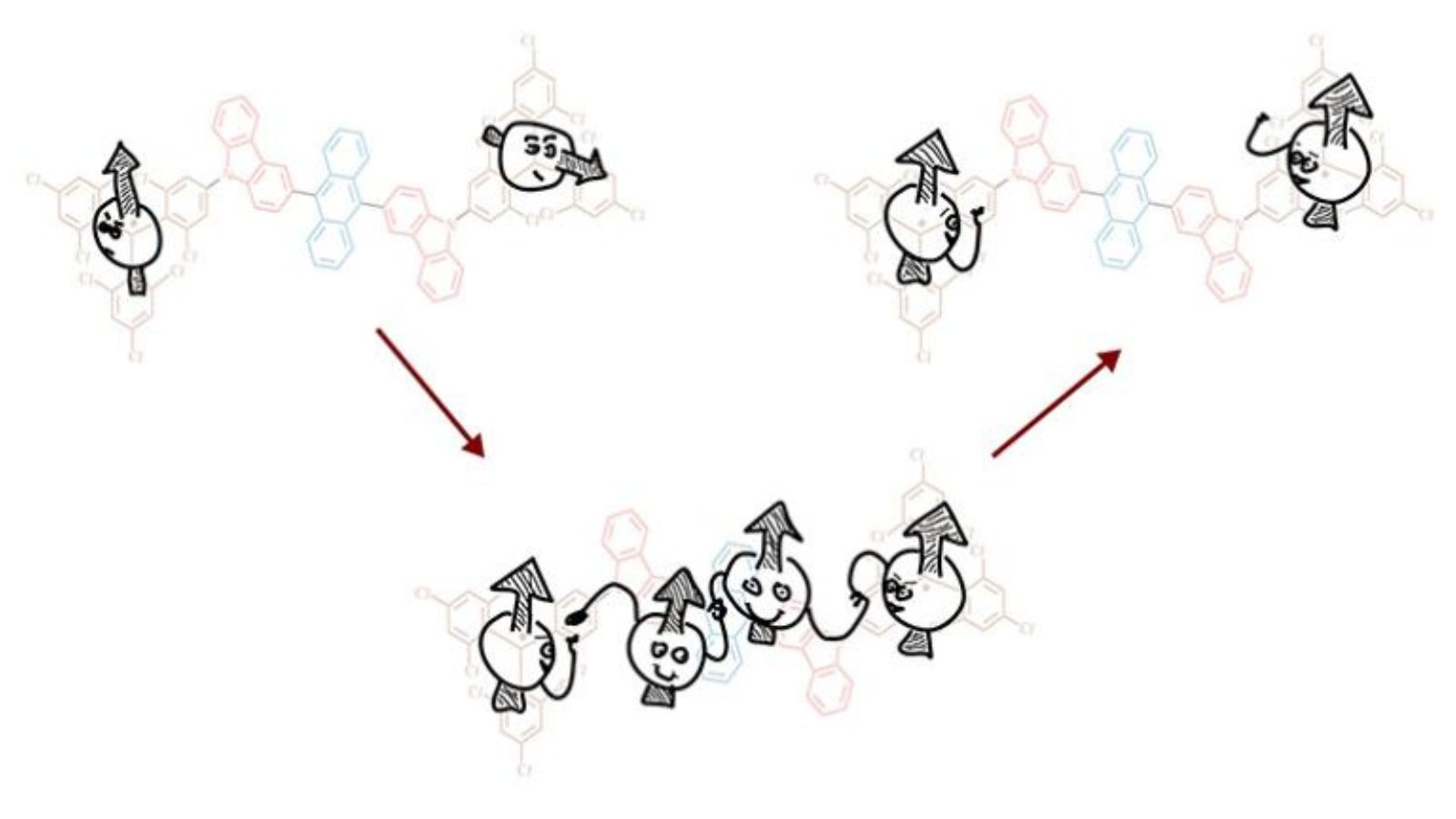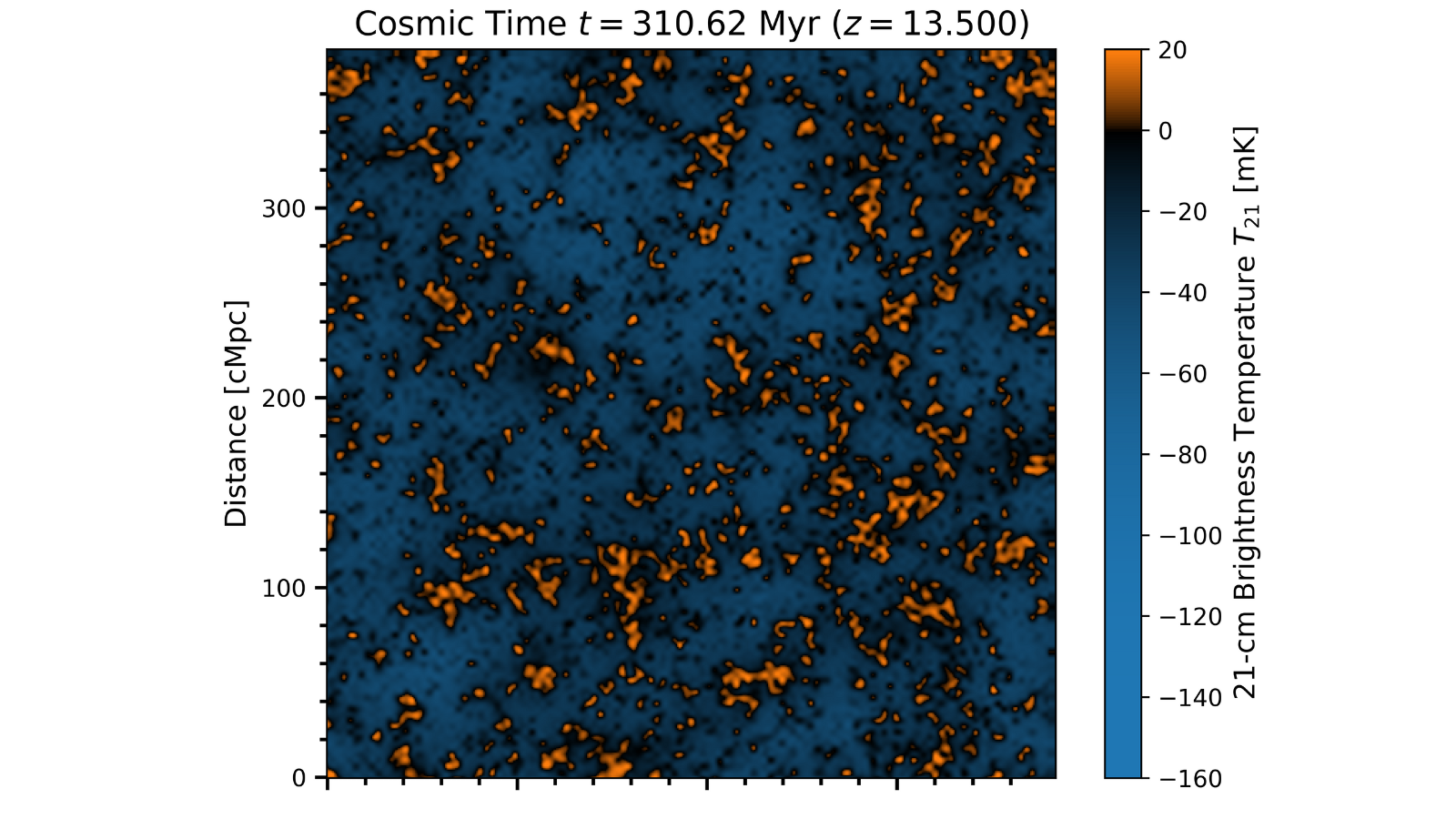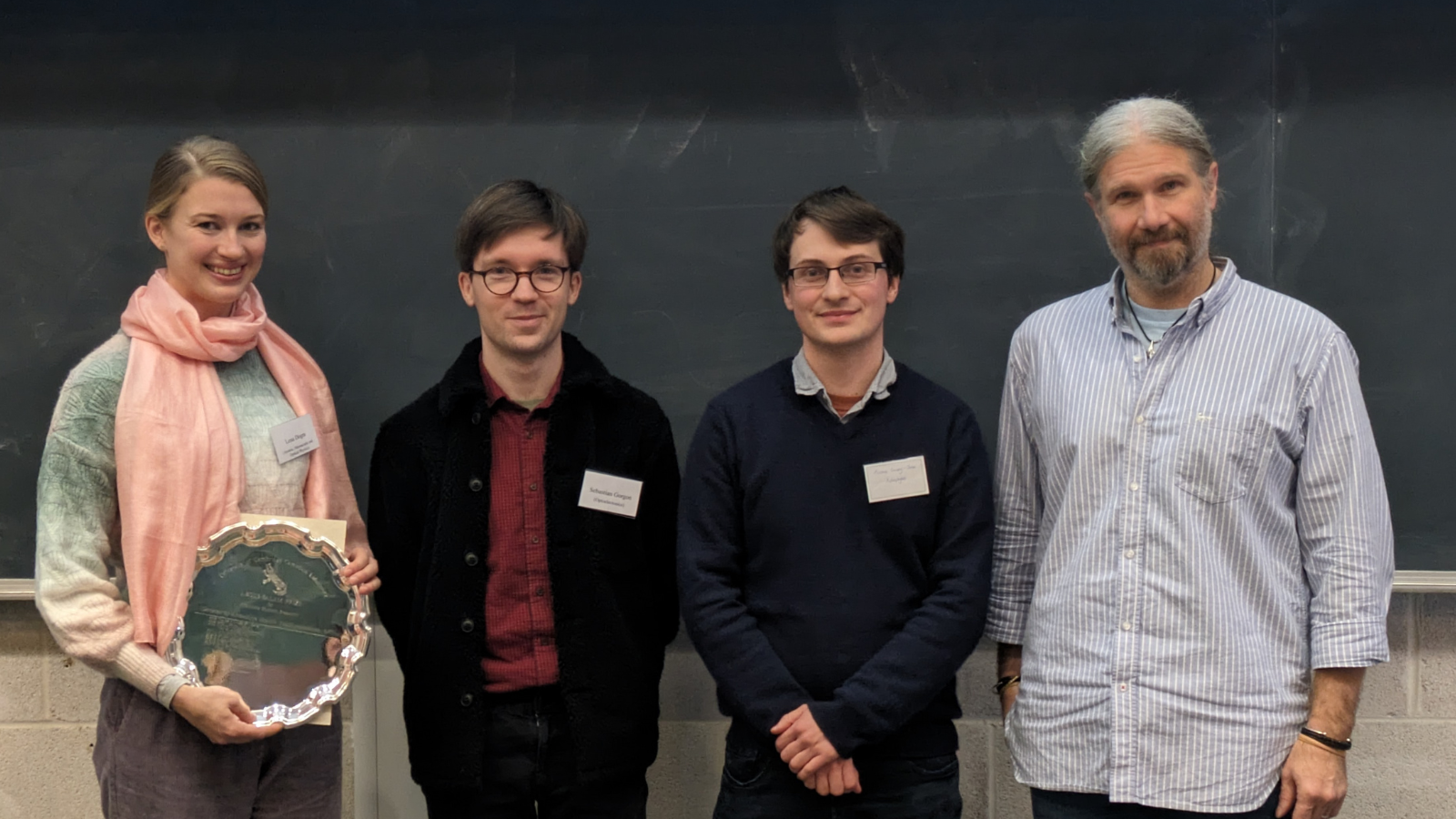2024 Cavendish Annual Thesis Prize Winners
30 November 2023
The Cavendish Annual thesis prize recognises outstanding achievements in computational, experimental, and theoretical physics research conducted by PhD students. This year was once again marked by a remarkable number of outstanding nominations. The panel of judges have identified three exceptional candidates who stand out for their contributions, earning them this year’s prestigious awards. Congratulations to the winners – Lena Dogra, Sebastian Gorgon and Thomas Gessey-Jones!
Their projects cover a wide range of different topics, solving some of the most pressing challenges of the 21st century. From determining the properties of the first stars to studying new class of molecular semiconductors and finding a universal equation of state that can be applied to turbulent cascades, our prize winners tell us all about their research below –
Lena Dogra – Winner of the Abdus Salam Prize“Tuneable homogeneous Bose fluids close to and far from equilibrium”Research Paper: Universal equation of state for wave turbulence in a quantum gas | Nature (26 July 2023) Lena was a PhD student in the AMOP group of the Cavendish Laboratory working with Professor Zoran Hadzibabic. She is now a postdoc in the “Klim-QML” project of the DLR (German Aerospace Center), where they are working on improving global climate models with quantum machine learning. Image 1: The Great Wave off Kanagawa. Credit: Wikimedia Commons
The highlight of my research are new insights about turbulent cascades of waves, which my group and me found using an ultracold Bose gas. With laser light and magnetic fields, we first brought mesoscopic clouds of potassium atoms very close to absolute zero temperature, where they form a Bose-Einstein Condensate, and then applied an oscillating force to drive the system into a wave turbulent steady state. Decisive advantages of this experimental platform are the precise tunability of all the system parameters, and the ability to measure the microscopic dynamics across all energy scales of the cascade. Our main finding is a universal equation of state in analogy to equilibrium thermodynamics: it relates the emerging properties of the cascade, the amplitude and the transported energy flux, independently of microscopic details and the system’s history. This observed equation of state holds over a wide range of interatomic interaction strengths, and could also be applicable to other wave turbulent systems. It provides invaluable input for turbulence theories, and is an important step on the way towards thermodynamic-like descriptions away from equilibrium.“ |
Sebastian Gorgon – Winner of the Cavendish Prize in Experimental Physics“Interplay of Spin and Photophysics in Luminescent Open-Shell Molecular Semiconductors”Research Paper: Reversible spin-optical interface in luminescent organic radicals | Nature (16 August 2023) Sebastian is a PhD student in the Optoelectronics group of the Cavendish Laboratory working with Professor Sir Richard Friend.
“I studied the physics of luminescent organic radicals which are a new class of molecular semiconductors. These materials exhibit many unique and attractive spin and optical properties which originate from the presence of stable unpaired electrons. In my work I used a combination of ultrafast spectroscopy and electron spin resonance to seek mechanistic understanding of these systems. This allowed radicals to be developed towards applications ranging from light emitting devices to quantum information science.
Image 2: Artist’s impression of aligned spins in an organic semiconductor Credit: Sebastian Gorgon |
Thomas Gessey-Jones – Winner of the Cavendish Prize in Theoretical Physics“Probing The First Stars With The 21-cm Signal: Theory, Methods, and Forecasts”Research Paper: Impact of the primordial stellar initial mass function on the 21-cm signal | Oxford Academic (22 July 2022) Thomas is a PhD student in the Astrophysics group of the Cavendish Laboratory working with Associate Professor Eloy de Lera Acedo.
“The first stars formed approximately 100 million years after the Big Bang. Their birth was a pivotal moment in cosmic history, as these stars will have reilluminated the Universe at the end of the cosmic dark ages and produced the first heavier elements, including carbon, oxygen and iron. However, despite their central role in the history of the Universe, we know very little about the first stars due to them being too faint to observe directly. The burgeoning field of 21-cm cosmology aims to circumvent this problem by observing the hydrogen gas around the first stars rather than the stars themselves. My PhD research focuses on modelling the myriad ways these stars can impact the gas around them to determine what properties of these stars we can infer from 21-cm signal observations.
Image 3: A slice through one of our 21-cm signal simulations 310 million years after the Big-Bang. Credit: Thomas Gessey-Jones |
The winners received their prizes and presented their award-winning work as part of the graduate student conference on Thursday 30th November 2023. Each prize comes with a cheque of 500 pounds.
The Abdus Salam Prize for Postgraduate Student Research has been donated to the Department to be presented to a Research Student at the Cavendish.
Image 4: Award Ceremony (left to right) – Lena Dogra, Sebastian Gorgon, Thomas Gessey-Jones, and Mete Atatüre (Head of Department, Cavendish Laboratory)
Main Image (left to right): Thomas Gessey-Jones, Lena Dogra and Sebastian Gorgon
 “
“
 Through the highlighted paper, my collaborators and I showed that the 21-cm signal is sensitive to the mass distribution of the first stars. This finding has two significant consequences for 21-cm cosmology. Firstly, assuming an incorrect mass distribution for the first stars will bias inferences about other physics we wish to learn from the 21-cm signal, e.g. the properties of dark matter. Secondly, we could potentially measure the first stars’ mass distribution through the 21-cm signal. We have continued to explore this latter direction, introducing additional mechanisms by which the first stars can impact the 21-cm signal, ultimately finding that ongoing and upcoming 21-cm signal experiments, such as REACH and the SKAO, are anticipated to be able to determine the mass distribution of the first stars.”
Through the highlighted paper, my collaborators and I showed that the 21-cm signal is sensitive to the mass distribution of the first stars. This finding has two significant consequences for 21-cm cosmology. Firstly, assuming an incorrect mass distribution for the first stars will bias inferences about other physics we wish to learn from the 21-cm signal, e.g. the properties of dark matter. Secondly, we could potentially measure the first stars’ mass distribution through the 21-cm signal. We have continued to explore this latter direction, introducing additional mechanisms by which the first stars can impact the 21-cm signal, ultimately finding that ongoing and upcoming 21-cm signal experiments, such as REACH and the SKAO, are anticipated to be able to determine the mass distribution of the first stars.”